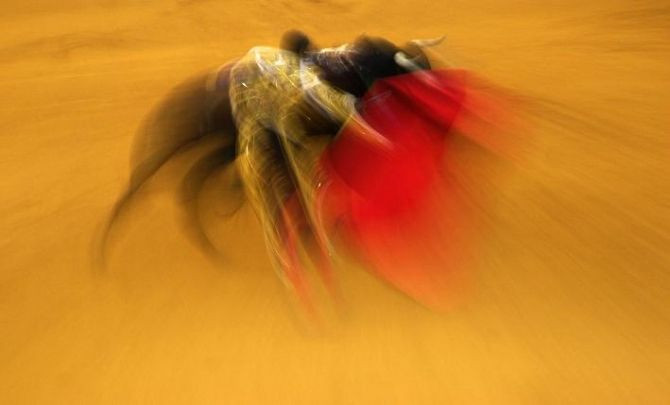People Become More Animal-Like When in Danger

Despite possessing more sophisticated mental capabilities when compared to animals, researchers have shown that humans are more driven by primitive processes when in danger, according to a study published on Wednesday.
University of Exeter Researchers found that our subconscious response to fear can contradict our conscious assessment of danger, and that these findings may have implications in the treatment of anxiety disorders, like phobias.
In the study researchers asked participants to sit in front of a screen on which a shape would sometimes appear. Half the time the image would be followed by a mild electric shock, and the rest of time there would be no shock.
During the trial, participants were asked to predict whether they expected a shock, and at the same time researchers monitored their skin conductance or electrical activity of the sweat glands in the skin to measure the participant’s emotional or arousal state.
After a series of shocks, participants were more likely to predict they would not receive a shock when the next image was shown and the opposite if they did not receive a shock in the last few images. Researchers explained that this phenomenon of expecting good luck after a course of bad luck and vice versa is known as the “gambler’s fallacy”.
However, researchers said that the skin conductance responses showed an opposite pattern. After a series of shocks, participants’ skin conductance responses suggested that they were expecting another shock, and they were less likely to expect a shock after a round of no shocks. Participants’ pattern of physical arousal is consistent with “associative learning” or linking a visual cue with a significant event, a phenomenon typically observed in animals.
Researchers had previously thought that people would respond differently from animals because of the ability for conscious reasoning but the study suggested that despite possessing more sophisticated mental capabilities, human responses are driven by more primitive processes when in danger.
The study is published in the Journal of Experimental Psychology: Animal Behaviour Processes.
Published by Medicaldaily.com



























